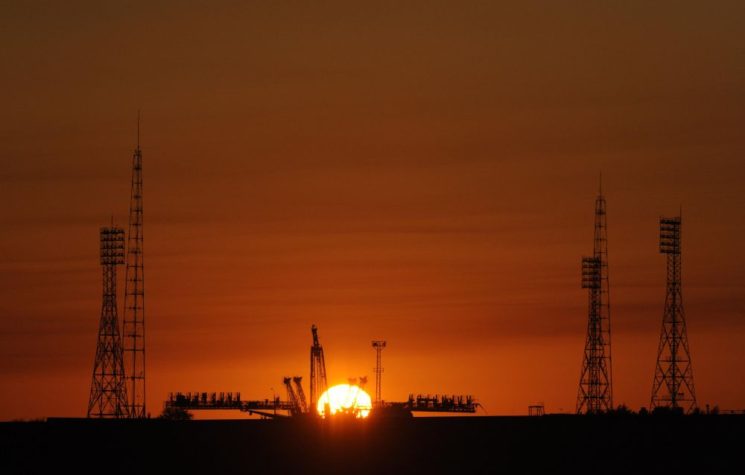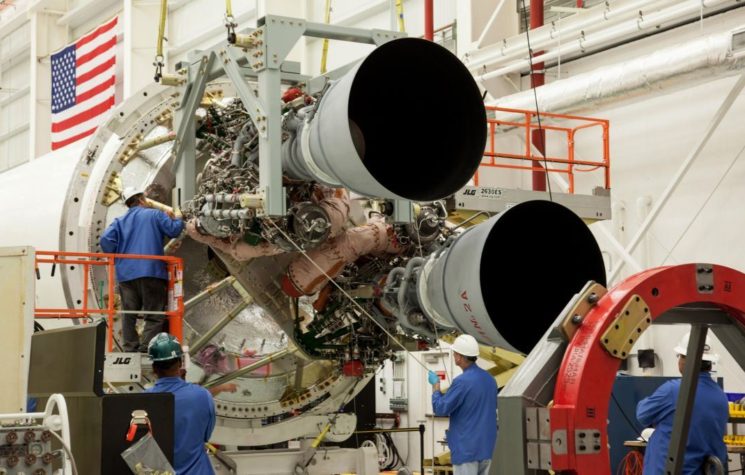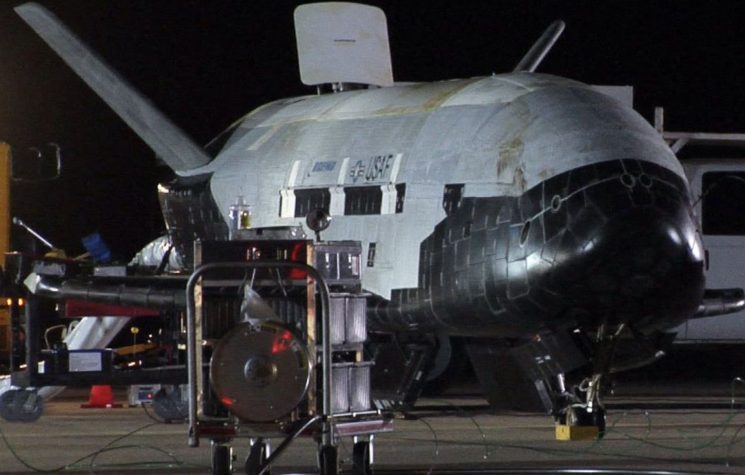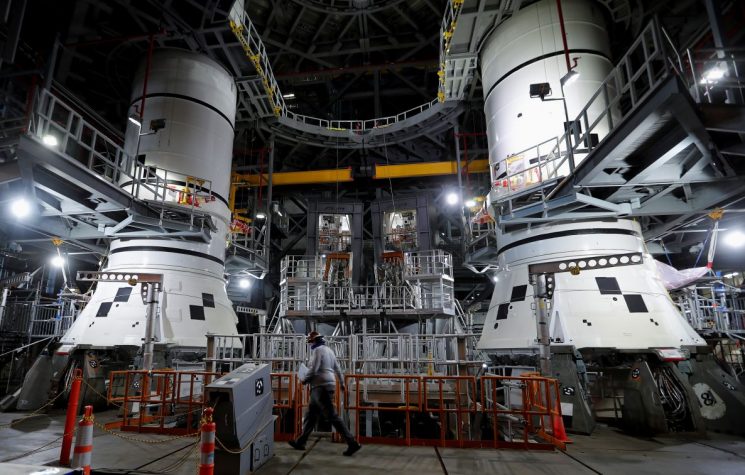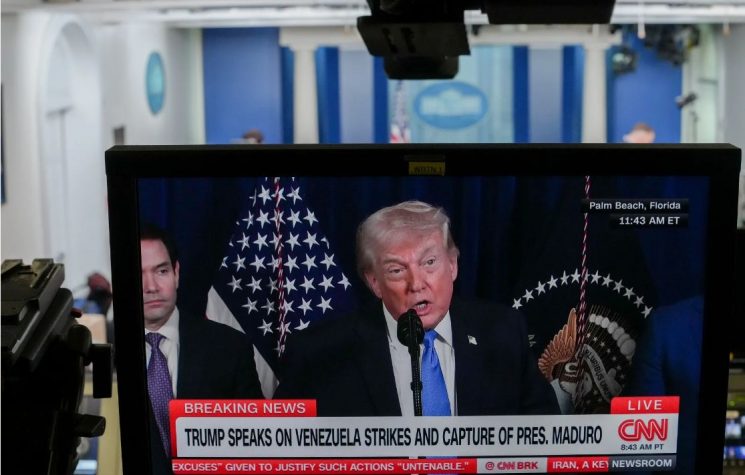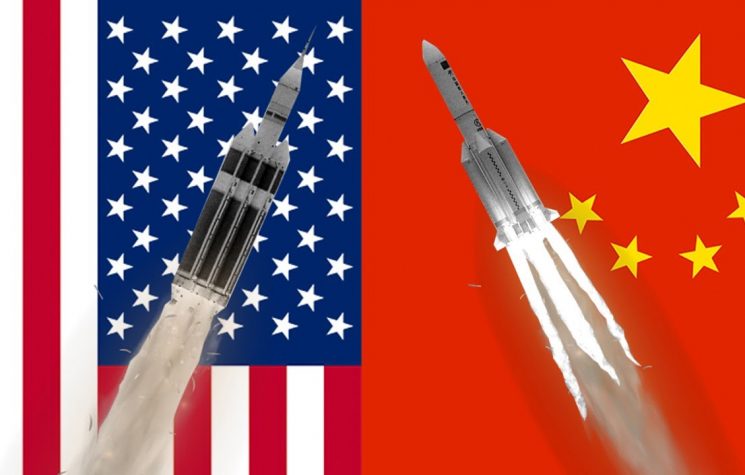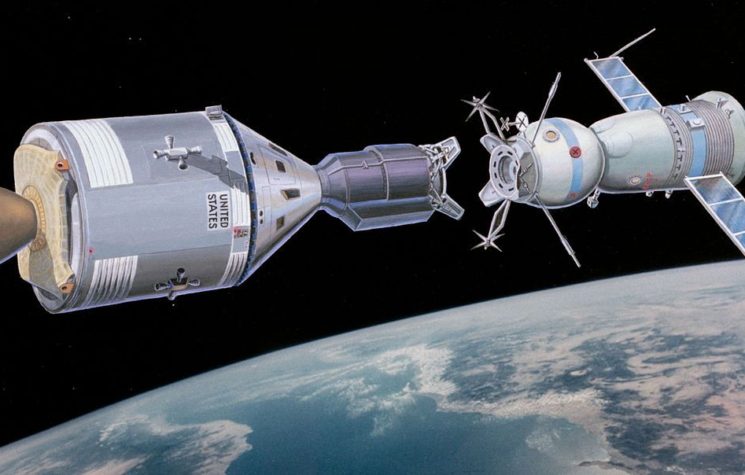Amidst the global chaos and confusion unleashed by COVID-19, the need for a new global security and financial architecture is becoming clearer every day. Banks tremble upon the precipice of the greatest financial meltdown in history while radical forces of the Anglo-American elite knowing only how to think in terms of “balance of power” geopolitics gear up for war with Russia and China.
The scale of chaos and death threatening humanity via the two-fold crises of economic collapse and war is beyond intolerable for anyone endowed with a brain and even a partially functioning conscience.
Since this crisis is caused in so many ways by geopolitical doctrines which presume that mankind is merely a selfish animal fighting over diminishing returns within closed systems, no solution can be found which is tainted with those very poisons killing the patient. It is for this very reason that all policy concepts which fall outside the box of “balance of power” thinking are so vitally important at this moment of history.
Sadly, since very few people who follow geopolitics with passion pay much attention to the importance of space diplomacy as a domain of “open system” cooperation for humanity, many of the exciting developments centering around the Artemis project have largely fallen “over the radar” so to speak.
The Artemis Accords in Brief
To be brief: On May 15, NASA released a new framework of 10 principles of diplomacy, resource development and safety designed to guide international cooperation in space exploration and development over the coming decades. Dubbed the Artemis Accords, this new protocol puts meat onto the bones of the 1967 Outer Space Treaty signed by 109 UN members but which has never evolved beyond the vaguest of generalities.
Upon announcing the accords, NASA Administrator Jim Bridenstine stated optimistically:
“It’s a new dawn for space exploration! Today I’m honored to announce the Artemis Accords Agreements- establishing a shared vision and set of principles for all international partners that join in humanity’s return to the moon. We go, together!”
The pre-amble of the Artemis Accords, which is part of the broader Artemis Program signed into law by President Trump in 2017 stated the following:
“While NASA is leading the Artemis program, international partnerships will play a key role in achieving a sustainable and robust presence on the Moon while preparing to conduct a historic mission to Mars.”
The 10 accords deal with: 1) the primacy of peaceful purposes, 2) transparency, 3) interoperability of technologies, 4) emergency assistance between nations, 5) registration of space objects, 6) release and sharing of scientific data among nations, 7) protecting heritage sites such as the Apollo 11 site, 8) the development of space resources within the lunar regolith, 9) De-confliction of activities, and 10) orbital debris and space craft disposal.
These accords follow off of the earlier April 6, 2020 Executive Order signed by President Trump calling for an accelerated push towards lunar, mars and asteroid resource development. Three days after the Executive Order, the first of three phone calls were held between Presidents Trump and Putin which included lengthy discussion on space cooperation.
12 days after the last of the three calls, both presidents published a Joint Declaration on the 75th Anniversary of the Meeting on the Elbe on April 25 which is not unconnected to the developments on space diplomacy outlined here.
Thus far, the important and uncharacteristic nature of America’s Artemis Accords is its focus on openness to international participation, and open system economics.
Outer space, being intrinsically open and composed almost entirely of undiscovered processes is thus open to creative thought and unbounded potential for growth and discoveries. Imperialists who chose to put humanity’s causal nexus on such material conditions as genes or geography (rather than ideas and intentions), obviously hate this sort of thinking.
A Fresh Chance at Russia-U.S. Collaboration
While the western mainstream media has promoted the narrative that this policy has nothing to do with Russian cooperation, the reality is the opposite. One day after the May 15 accord, Russia Business Today published an article titled ‘Roscosmos Ready for Negotiations with NASA on Moon Exploration Projects’. In this article, Sergei Savalyev (deputy director general for Roscosmos on International Cooperation) stated:
“Ambitious projects connected to Moon colonization could become a serious factor for the interaction of the two countries in difficult times”.
Referring to the disturbing spread of misinformation promoting American “unwillingness to cooperate” with Russia, NASA’s spokesman Michael Gold stated:
“I think it’s unfortunate that there were a lot of media leaks that did not properly describe what the Artemis Accords were, so I’m surprised for some of those reactions… As we look at the Russian cooperation on Artemis, I expect a great deal of it. It may center around the gateway.”
In opposition to mainstream media narratives, Russia has not only has been asked to join the accords but has already begun cooperation on the Artemis program through its participation in the Lunar Gateway Project which will see Japan, Europe, the USA and Russia co-create the world’s first lunar orbiting space station. Before this, Roscosmos and NASA had already signed a joint statement to collaborate on deep space exploration on September 27, 2017 stating:
“This joint statement reflects the common vision for human exploration that NASA and Roscosmos share. Both agencies, as well as other International Space Station partners, see the gateway as a strategic component of human space exploration architecture that warrants additional study. NASA has already engaged industry partners in gateway concept studies. Roscosmos and other space station partner agencies are preparing to do the same.”
On a practical level, Russia supplies America with RD-180 and RD-181 rocket engines for American launch vehicles and plays a cooperative role with America not only on the International Space Station (ISS) but also getting American astronauts to the ISS since Obama killed the manned shuttle program in 2011.
Flanking the War Hawks and Playing the China Card
Several weeks before the July 2011 death of America’s manned shuttle program, Congress had passed the Wolf Act outlawing all American-China collaboration on space science and technology under the narrative that “China’s cyber-espionage was a threat to American democracy”.
This anti-China ban had the opposite effect than that anticipated by the geopolitical warmongers, as China was suddenly forced to rely on their own creative powers and leapt ahead of the space race landing the first robot on the moon in 40 years in 2013, followed by their historic landing on the far side of the moon with the January 3, 2019 Jade Rabbit and will soon have its own space station by 2021 named the “Harmony of the Heavens”. All three nations (Russia, China and the USA) have made space exploration, lunar development, asteroid defense and Mars colonization high priorities.
With Russia having signed a joint lunar cooperation treaty with China’s space agency in September 2019, Russia’s joining the Artemis Program (and hopeful signing of the Accords) puts all three nations into a very interesting conjunction of skills, and common interests which pose the greatest prospects for the long-term survival of the human species.
With this spirit of cooperation needed to avoid a new world war, I would like to end with a parting word from Presidents Trump and Putin’s joint Declaration of April 25:
“The ‘Spirit of the Elbe’ is an example of how our countries can put aside differences, build trust, and cooperate in pursuit of a greater cause. As we work today to confront the most important challenges of the 21st century, we pay tribute to the valor and courage of all those who fought together to defeat fascism. Their heroic feat will never be forgotten.”








